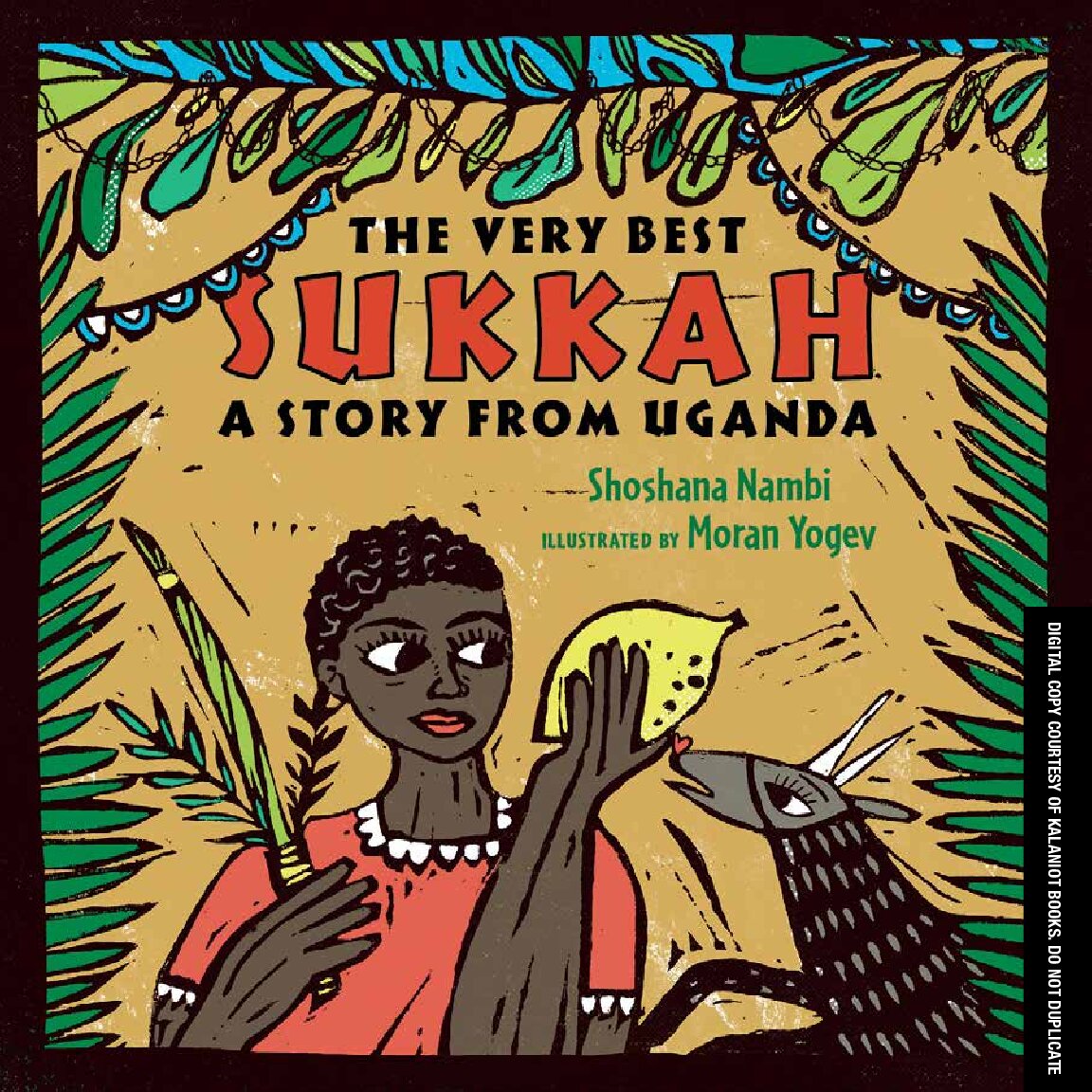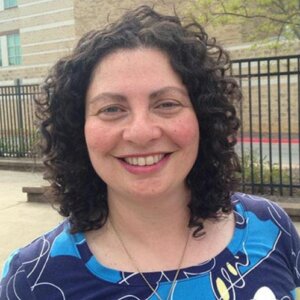Building the very best Sukkah — in Uganda
Rabbinical student from Abayudaya community shares joy of Sukkot in children’s book

“The Very Best Sukkah: A Story from Uganda” by Shoshana Nambi tells of the Abayudaya community’s celebration of Sukkot.
Shoshana Nambi is a rabbinic student at Hebrew Union College-Jewish Institute of Religion in New York City. A native of Eastern Uganda, she grew up in the small but powerful Abayudaya Jewish community. She recently authored a children’s book, “The Very Best Sukkah,” about the Jewish holiday of Sukkot and the joyful way it is celebrated in her community. The story is based on Nambi’s own life, features a spirited young girl. Vibrant illustrations by Ethiopian Israeli artist Moran Yogev capture the look and feel of African Judaism. We hope that this book will find its way to homes and schools everywhere.
Rabbi Ruth Abusch-Magder of the San Francisco-based think tank Be’chol Lashon sat down with Nambi to learn more about the author and the book.

What made you want to write this book?
When I get invited to speak to different communities around the world, I always tell stories of growing up in the Abayudaya Jewish community of Uganda. I talk about the love I had from my grandparents and the role that my community played in my upbringing.
One of my favorite childhood memories is of the big walk that I would take with my brothers, friends, and the entire community to view other people’s sukkot. Everyone tried, within their means, to decorate their sukkah to be the best for the community “walk.” We were all so so happy that we had visitors in our sukkah. There was a little bit of quiet informal discussion of whose sukkah won. But usually, there was no official winner, just the sukkah to which people came. So when Lili Rosenstreich from Kalaniot Books approached me to see if I could write a children’s storybook from the stories that I tell on my tours, this was the story that was on the top of my mind. Also, I love Sukkot.
Is there really a contest in your community for the most beautiful sukkah?
There was not an official contest. I added that to the story. But for many years, there used to be a “big walk” after services where we all went around to see other community members’ sukkot. Some were more brightly colored than others, some had foods like ground nuts we could sample, some sukkot were small, and some sukkot were big. There was a little bit of quiet informal discussion of whose sukkah was the best. But usually, there was no official winner. We eventually settle and had kiddush in one of the sukkot. The singing was always my favorite part. And, of course, I loved eating some of the hanging fruits that were used to decorate the sukkot.
Who is the audience for this book?
I wrote this book for two audiences. First, I wrote this book for Jewish children and families in the United States. I want people in America, Jews, and non-Jews, and around the world to learn about the history of the Abayudaya Jewish community, the foods, and the music of our community. I want them to see the ways in which our celebrations and Jewishness are similar to and different from theirs.
I also wrote this book for children in Uganda. I want them to see their foods, trees, and customs celebrated in a book. I wish I had read about my Jewish experience in a book when I was younger. I am glad to be able to be making that change happen.
You have been studying, first in Israel and now in New York, to become a rabbi. What do you miss about Uganda?
Everything! My family and friends, the food, the way we sing and pray, and how life is less structured than in the big city of New York, though Uganda has its own challenges of course. I am so grateful for all the opportunities I am having while far away from home, learning Torah, and studying with amazing Jewish leaders. But I miss home, and I can’t wait to bring all these experiences with me home at some point.
A message from our Publisher & CEO Rachel Fishman Feddersen

I hope you appreciated this article. Before you go, I’d like to ask you to please support the Forward’s award-winning, nonprofit journalism so that we can be prepared for whatever news 2025 brings.
At a time when other newsrooms are closing or cutting back, the Forward has removed its paywall and invested additional resources to report on the ground from Israel and around the U.S. on the impact of the war, rising antisemitism and polarized discourse.
Readers like you make it all possible. Support our work by becoming a Forward Member and connect with our journalism and your community.
— Rachel Fishman Feddersen, Publisher and CEO






























